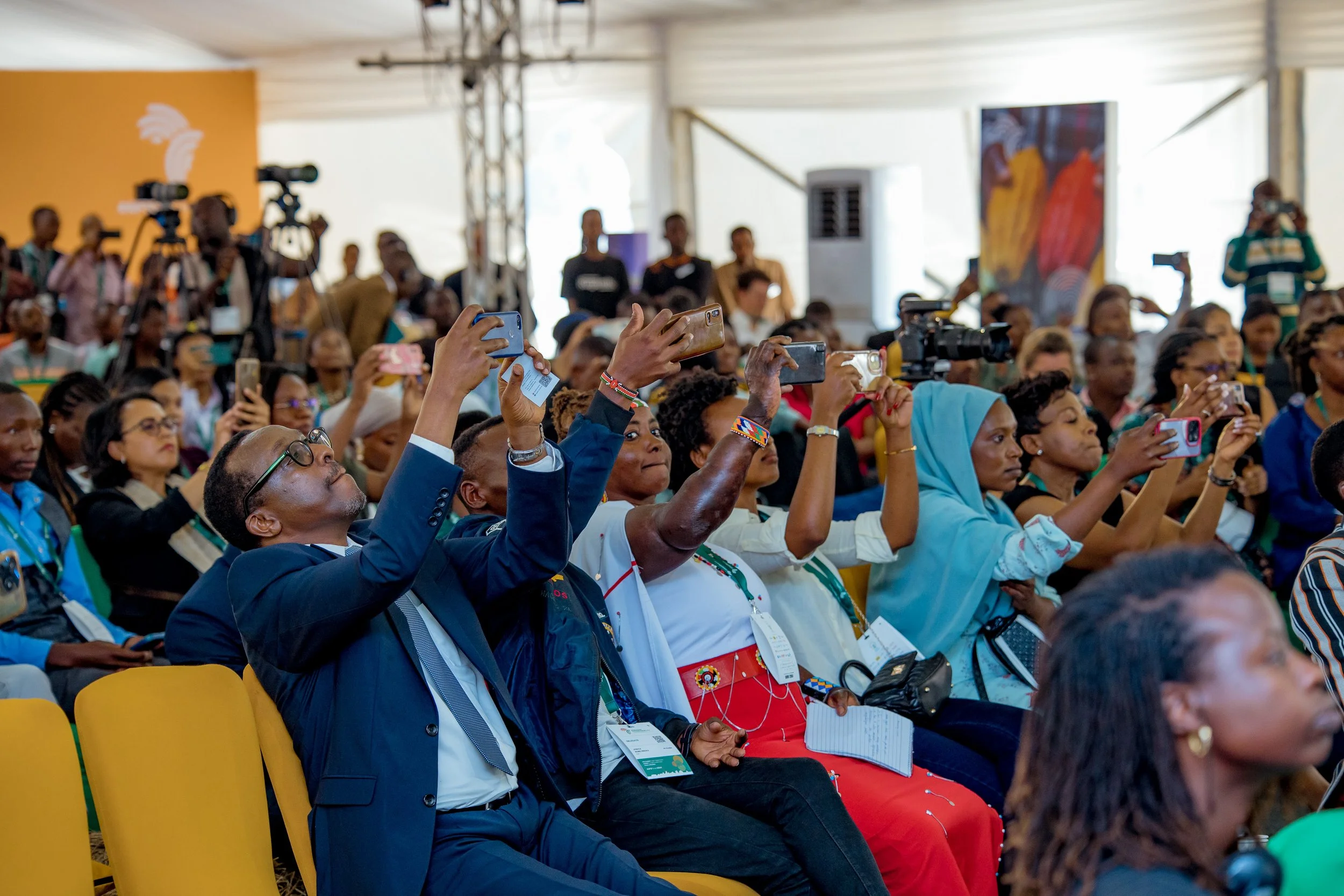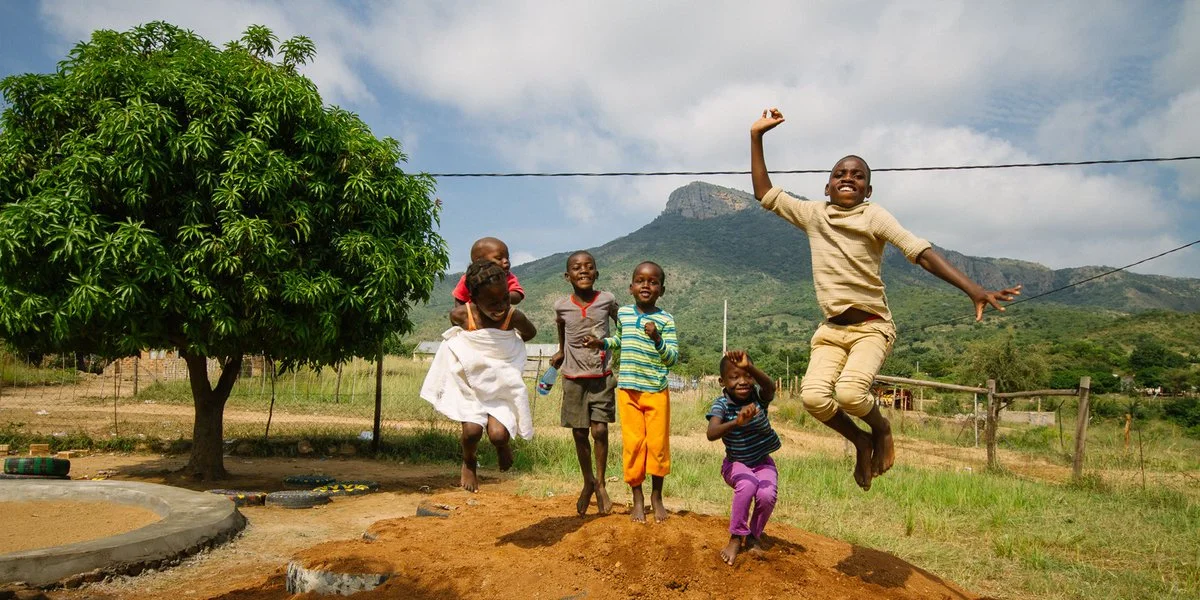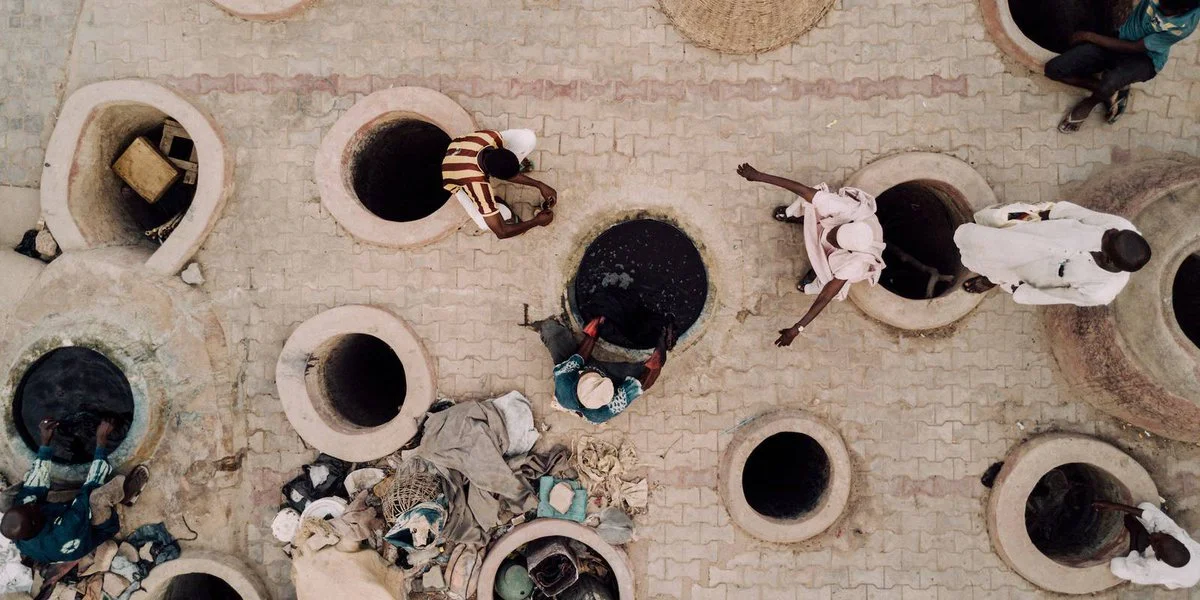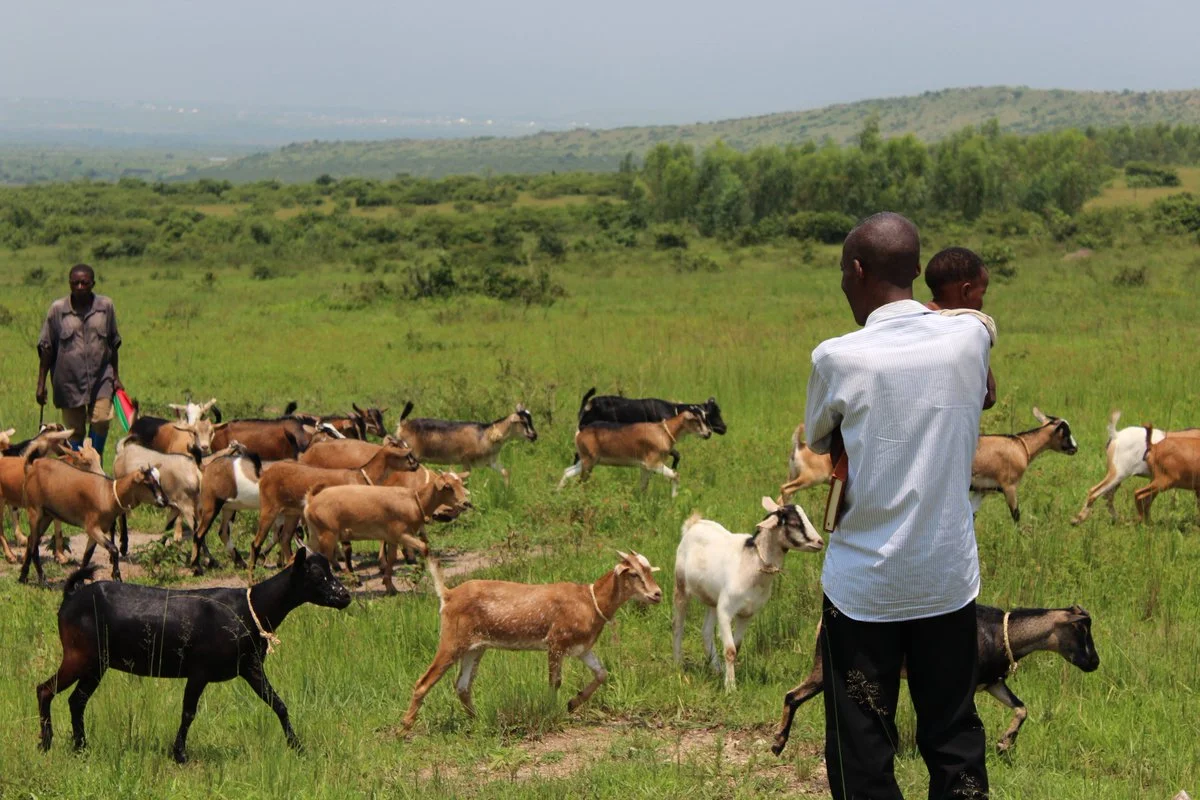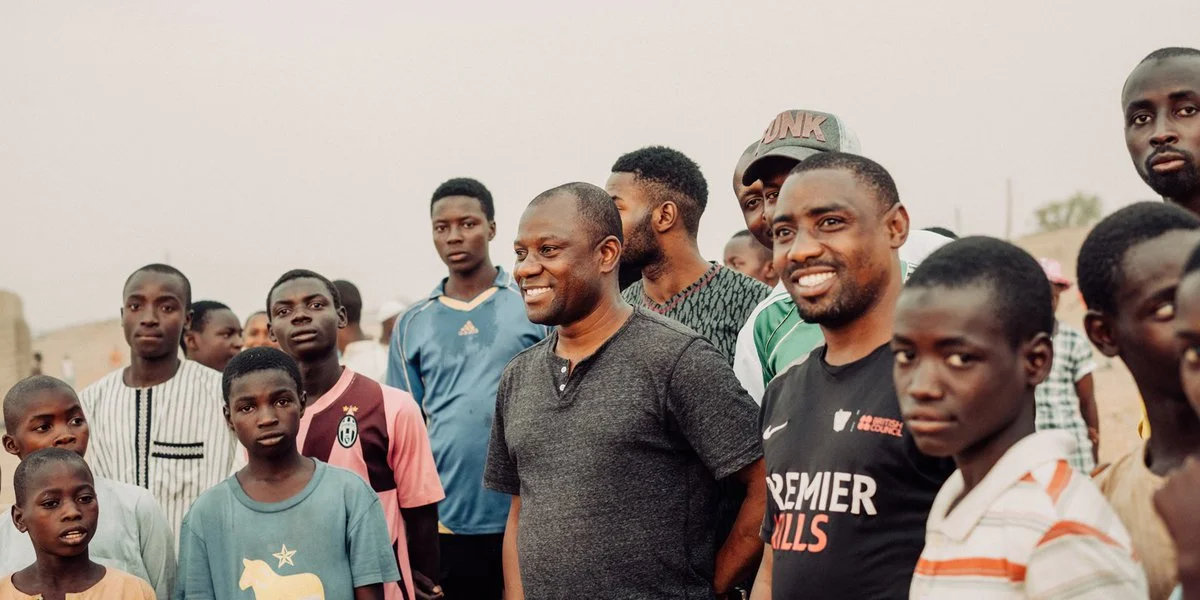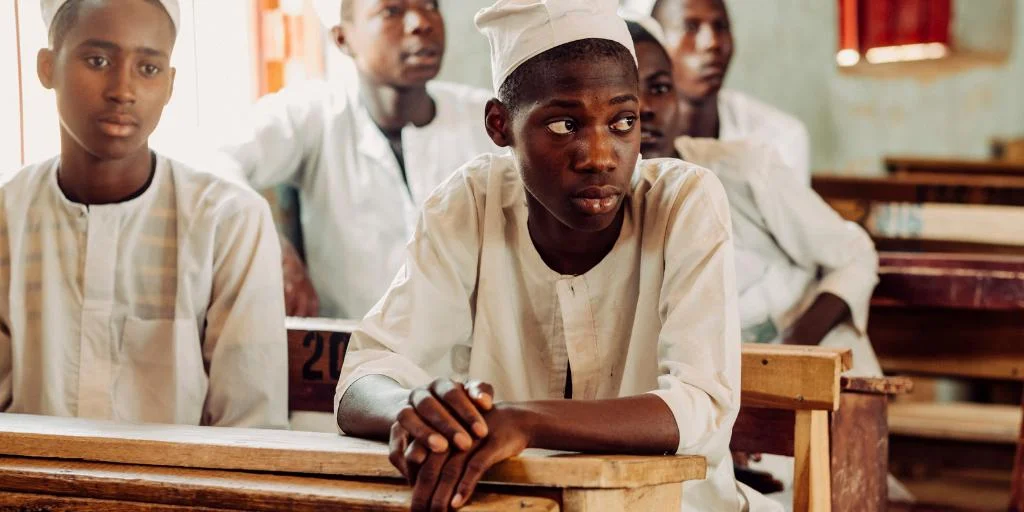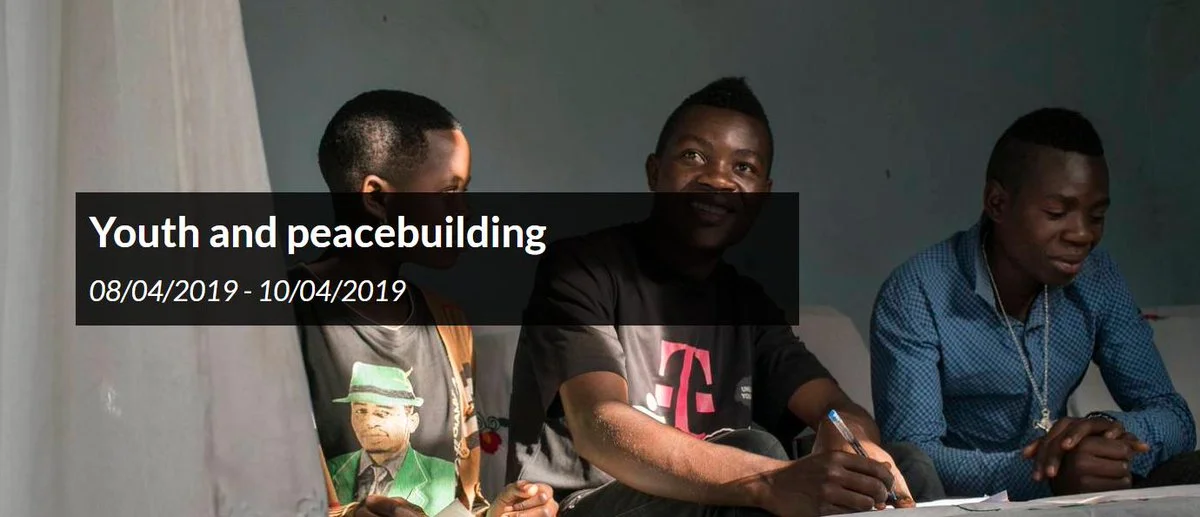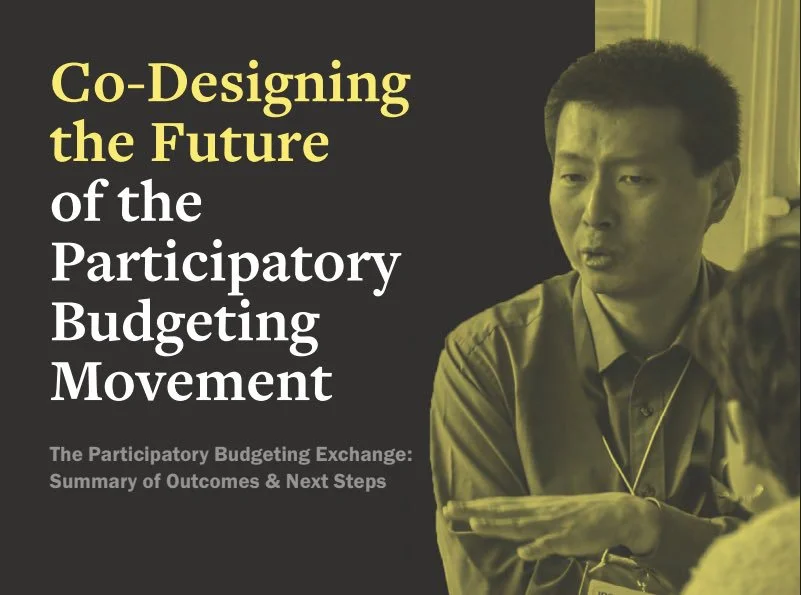Financial sustainability, i.e. the ability to operate on a long-term basis without threat of stopping work due to lack of financial means, is a critical challenge for all civil society organisations, particularly those engaged in peacebuilding activities which donors might view as ‘too political’ or risky. When organisations struggle to maintain the resources needed to carry out their missions, this reduces the ability of peacebuilding organisations to plan for the long term, develop autonomy, and react quickly to design and implement activities in volatile contexts.
This issue is particularly salient for organisations which rely on youth volunteers, or for youth-led peacebuilding organisations who face funding challenges. In the recent global study for UN Security Council Resolution 2250, an in-depth study of on-ground youth-led peacebuilding organisations revealed that half of the organisations participating operate on less than USD 5,000 per year, and most youth organisations tend to operate on limited-to-no funding, with an average of 97% of staff working as volunteers (UNOY, 2017). However, community members and key stakeholders view these organisations as key providers of the most effective and responsive peacebuilding work (UNOY, 2017; Peace Direct, 2018). Despite this, they face a myriad of funding challenges.

